Malachy Browne, news editor at Storyful, explains how the social media news agency validates news content sourced from the real-time web.

The new media landscape created by an explosion in digital media and communications technology in the past few years presents both opportunities and challenges to news organisations. No longer are audiences in 2012 passive consumers of news – they are now producers of content, participants in the news-making process. But with millions of tweets issued each second, thousands of photos and hours of video uploaded every minute, how do we know who and what to trust? Some news organisations still grapple with this challenge.
Validating content shared on social media is one of the cornerstones of Storyful’s journalism. Every video and image is subjected to rigorous interrogation by our team. Just as the uncompromising henchman Bill de Vasher states in the 1993 thriller The Firm: “I get paid to be suspicious when I’ve got nothing to be suspicious about”.” With so much information now freely available online, we have to adopt that natural scepticism to every piece of content we discover through the social web, o. Otherwise we’d get caught out very quickly.
Get closer to the source
Often, content shared online is duplicated from an original source. Images are sometimes spliced and diced; descriptions, titles and upload dates can change. Our first step is to get closer to the original source and this requires several techniques. Image comparison technology allows us to find the first instance of video thumbnails. Examining data embedded within an image provides more information. And by identifying keywords to run through search engines, we often find the first upload of a video or image.
Once a source is identified, we appraise that person just like traditional print and broadcast journalists would any source. We engage with them and we investigate their digital footprint. Indeed, this footprint often provides more information than ‘traditional’ sources.
Take a YouTube video, for instance. Some of the questions we ask are:
- Where is this account registered and where has the uploader been based, judging by their history?
- Are other accounts – Twitter, Facebook, a blog or website – affiliated with this uploader? What information do they bear to indicate recent location, activity, reliability, bias, agenda?
- How long have these accounts been in existence? How active are they?
- Do they write in slang or dialect that is identifiable in the video’s narration?
- Can we find WHOIS information for an affiliated website?
- Is the person listed in local directories? Do their online social circles indicate they are close to this story/location?
- Does the uploader ‘scrape’, or copy, videos from news organisations and other YouTube accounts, or do they upload solely user-generated content?
- Are the videos on this account of a consistent quality?
- Are video descriptions consistent and mostly from a specific location? Are they dated? Do they have file extensions such as .AVI or .MP4 in the video title?
- Are we familiar with this account – has their content and reportage been reliable in the past?
Corroborate the content
Answering these questions gives a sense as to the reliability of a source, and engaging with them will also give a sense of this. Next, we appraise the content itself. Again, we ask the obvious questions – does the video make sense given the context in which it was filmed? Does anything jar with our journalistic instinct? Does anything look out of place; do clues suggest it is not legitimate? And we always look beyond the immediate focus to background detail:
- Can we geo-locate this footage? Are there any landmarks or topographical details that allow us to verify the location via Google Maps or Wikimapia?
- Do streetscapes tally with geo-located photos on Panoramio or Google Streetview?
- Do weather conditions tally with reports on that day?
- Do shadows tally with the time of day that this event reportedly happened?
- Do vehicle registration plates, signs or shopfronts indicate the country or state?
- Does it tally with other videos/images people are uploading from this location?
- What additional information does the Storyful team have on this story or source?
Wisdom in the crowd
The questions above can largely be answered by the investigation of our team, and often this is enough. But as Clay Shirky notes in a comparison of online versus traditional media, not only is the internet the source for new information, it is the site of coordination. For validation purposes, this makes available experts with local knowledge to discuss and debunk. Some questions we ask:
- What does the community we engage with say about this video?
- Can accents or dialects be identified in a video to indicate the location?
- Does the video tally with events being reported (through Storyful’s curated Twitter lists, news wires and local news reports)?
- Are there other clues to indicate authenticity or manufacture?
At Storyful, we engage publicly and in private with sources on Facebook, YouTube, Skype, Twitter and other mediums. We do likewise with other media groups who have their own experts and sources, publicly sharing and interrogating content in a collaborative process.
One recent example of a collaborative effort involved a contentious video in which Syrian security forces were alleged to have buried alive a civilian from al-Qusair, Homs. Storyful spent several hours assessing the available evidence surrounding the footage, drawing on the advice of highly experienced observers of video from Syria (read our analysis here). We had doubts about the Facebook account responsible for posting the video online and Syrian activists said that the video did not sit well with them. Engagement with journalists at the Daily Telegraph, BBC’s Social Media and UGC Hub and NPR shed further light on the video, while audio analysis performed by a Syrian source determined that the voices in the video were “too closely aligned given the distances between the people filmed”. Although the investigation was inconclusive, there were serious grounds for doubt about the video’s authenticity, and we advised news clients of this.
For journalism to have any worth, it is vital that sources and information, online or physical, stand up to scrutiny. There is value in getting this right. Storyful worked with Channel 4 in validating over 40 YouTube videos showing the torture of civilians by security forces for the documentary Syria’s Torture Machine, which aired in December 2011. The documentary prompted the London-based father of the Syrian first lady, Asma al-Assad’s father, who is based in London, to email her Asma and Bashar advising them on how to respond; a release issued by the Syrian Embassy in the UK was almost identical to his advice.
Little has changed in Syria, but the Channel 4 instance shows that social media can force a regime as authoritarian as Syria’s to act in response. And by validating evidence of human rights abuses, we hope that one day the perpetrators will be held to account.
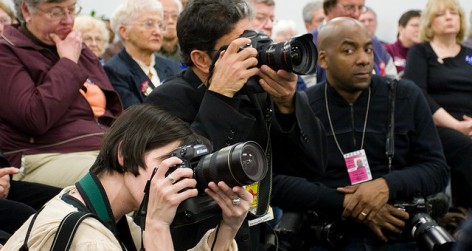
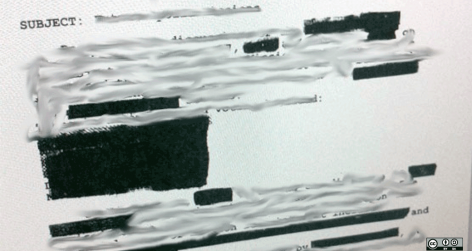


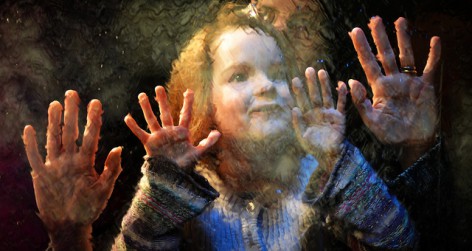



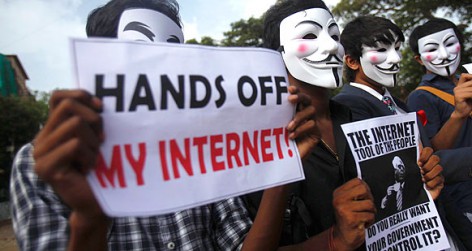
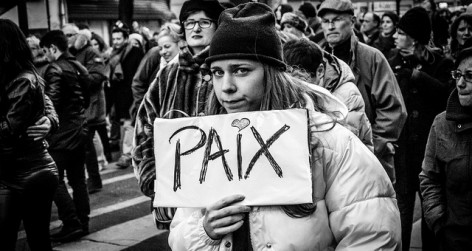
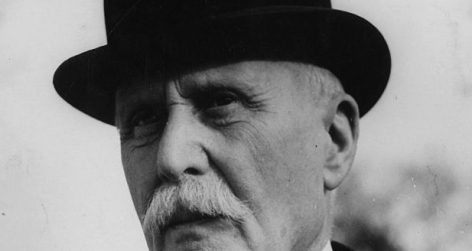

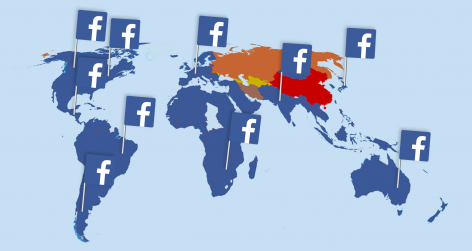
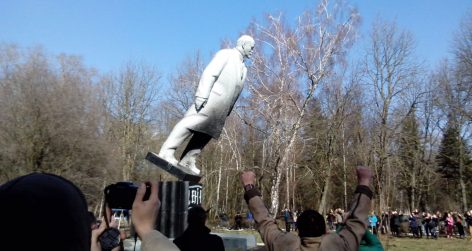
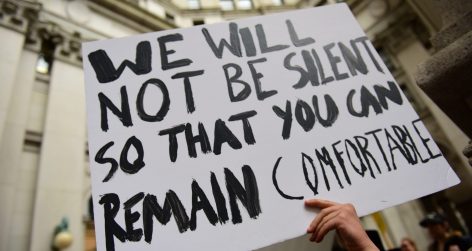

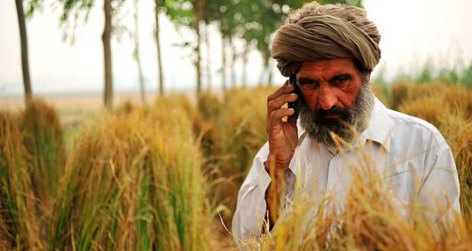
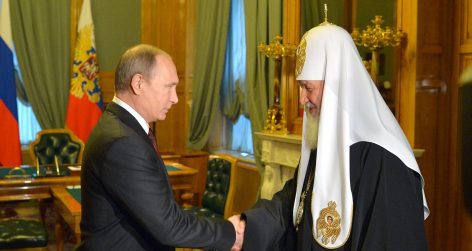


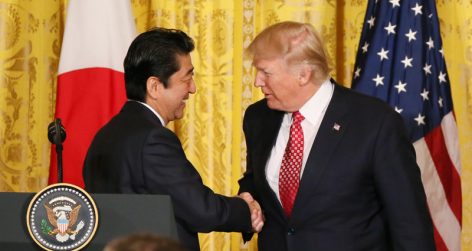


reply report Report comment
Talking with a friend yesterday, we had the idea that maybe what would have been worth debating here is the fact that by reporting false information or pieces of news regarding an event, medias deprive those who have the ‘truth’ and want to express it of the audience’s full attention and trust. In fact, if the audience hears two contradictory reports about one specific event, it might believe the first one or the other or none of them. False news reports in the media might then damage not freedom of speech (at least not directly), but the reception of this speech. Because of that, it could potentially discourage some from expressing themselves (‘nobody will trust me now, why should I speak?’) and thus from using their freedom of expression. To be explored…
reply report Report comment
Very interesting description of (advertisement for?) Storyful, yet I do not see the link with free speech, can someone help me understand how this article contributes to the Free Speech Debate? Thanks!